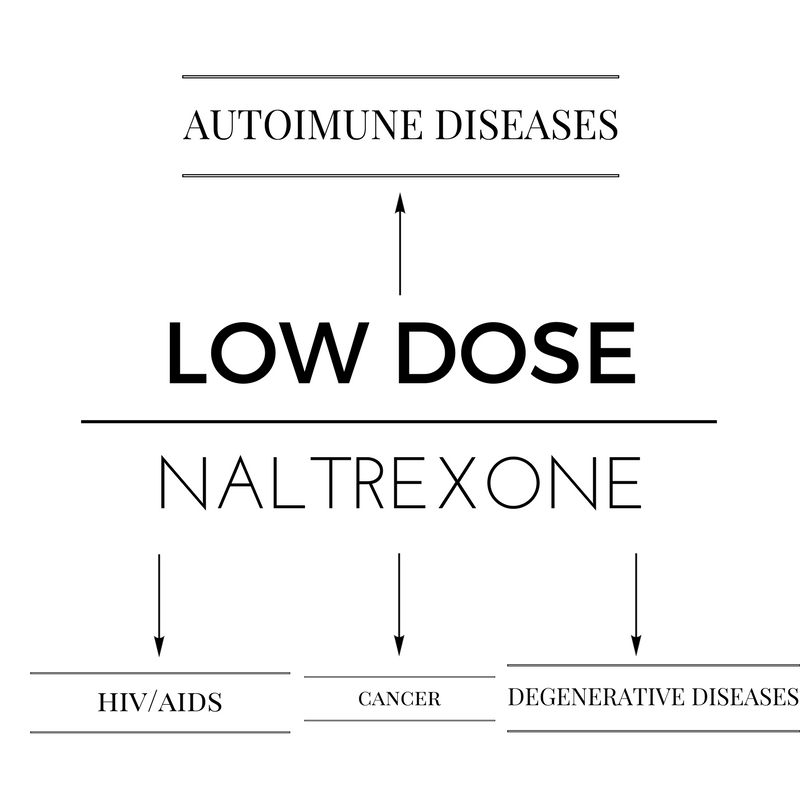What the pharmaceutical industry does not want you to know... - LDN

Why have not you heard of LDN? Simple! For being:
Cheap (less than $100 a year).
You just don't get sick so easily
Treats numerous autoimmune diseases. Including cancer and HIV / AIDS.
There are over 700 articles on google scholar about LDN.
You've read about LDN, you've seen stories about it and all that it does and from all of that information it's difficult to sort out what might be true and what isn't. Some of the things you've heard are actually pretty ridiculous. In this post will help you sort out the correct information and help you understand how LDN works. The information here is based on the scientific work of the discoverers of LDN Dr. Ian Zagon and Dr. Patricia McLaughlin of Hershey Medical Center Penn State University. First we can all agree that the normal regulation of the division of cells is a good thing. When cell division gets out of control we call it cancer and several other names. That's when doctors and patients want a method to return the cell division to normal. Produced naturally an endorphin called OGF or Opioid Growth Factor keeps cell growth in control. An endorphin is a naturally occurring chemical in your body, even the term endorphin comes from endogenous morphine, meaning it's created within the body. These aren't the same opioids that are administered from external sources. To get more specific, OGF is an endorphin that's produced by every cell in the body. GF binds to a special receptor known as OGFR or Opioid Growth Factor Receptor. OGFR is present on the surface of every type of cell. When OGF binds to an OGF receptor a cascade of events occurs that helps to control cellular growth. It's vital that OGF is first produced by the cells and that it then binds to the OGF receptor. If it's not produced or it does not bind to the receptors your body won't work as it's supposed to. For instance OGF produced in blood cells that control the immune system regulates the growth of these cells and keeps the immune system balanced and functioning properly. If the body doesn't produce enough OGF or if it doesn't bind properly to the receptors then the immune system will not work correctly. This is where human intervention can help. Used in order to treat opiate addiction, Naltrexone is an approved drug that binds to and blocks all opioid receptors in the body including OGF Receptors. When Naltrexone binds to an OGF receptor it blocks the receptor preventing OGF from binding there. This results in the affected cells becoming deficient in OGF. In turn this causes a rebound effect in which three processes occur.
1- First, cells create more OGF receptors in order to try to capture more OGF.
2- Secondly, the sensitivity of these receptors increases in another attempt to capture more OGF.
3- And finally, the body produces more OGF in order to compensate for the apparent shortage of OGF.HERE'S THE TRICK!!! Now comes the critical difference between Naltrexone and LDN, Low Dose Naltrexone. Administering a low dose of Naltrexone (1.5 mg - 4.5 mg/day) blocks the OGF receptor for only a few hours, it's then excreted from the body. However, during this time the three processes I mentioned will have occurred and once the LDN has left the body, the body is now able to enjoy the benefits of the rebound effect. For the next 18 hours or so, the OGF system rebounds to optimal levels. Any dose of Naltrexone will create the rebound effect but, for the cells to benefit from the surge in OGF levels and receptors, the Naltrexone must first be metabolized in order to unblock the receptors. Only a low dose of Naltrexone will be metabolized fast enough, so that you can enjoy the benefits of the rebound effect. Now when you read about Naltrexone, you'll understand how it really works and you'll be able to pick out the truth!
Interesting thoughts
Perfectly!